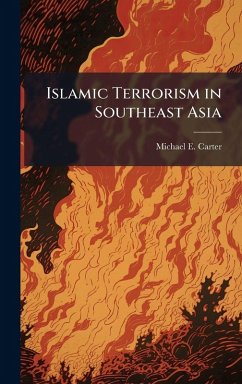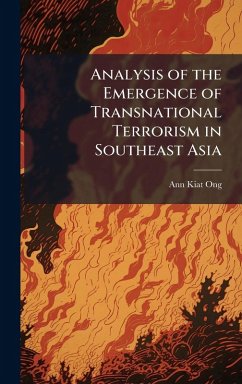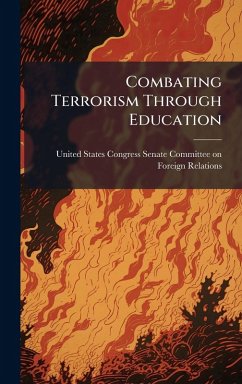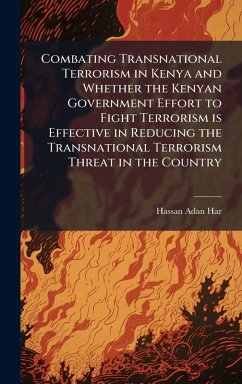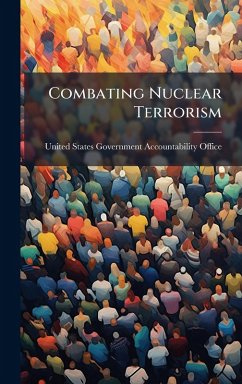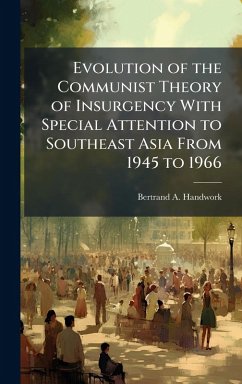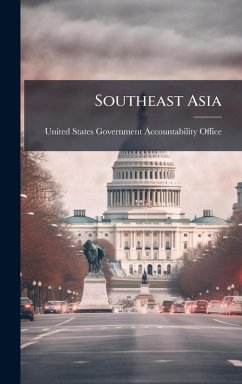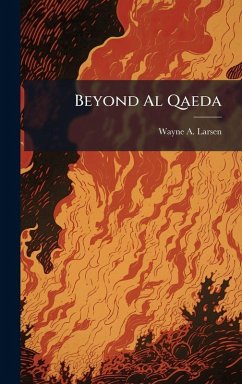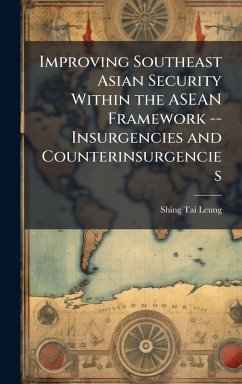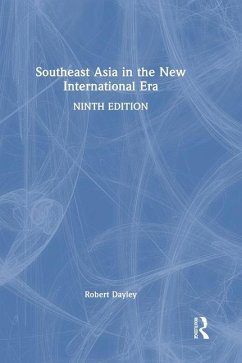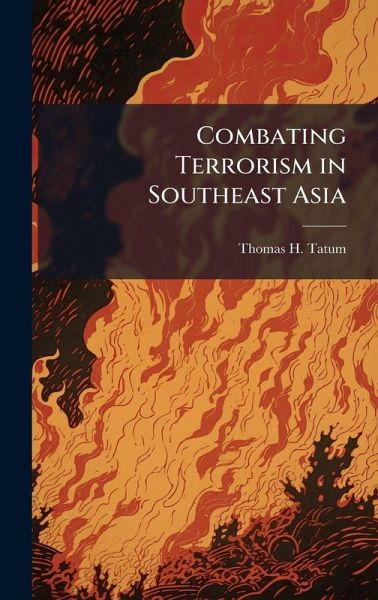
Combating Terrorism in Southeast Asia
Versandkostenfrei!
Versandfertig in über 4 Wochen
28,99 €
inkl. MwSt.
Weitere Ausgaben:

PAYBACK Punkte
14 °P sammeln!
Since the beginning of the Global War on Terrorism (GWOT) after the 9/11 attacks, we have learned that Al-Qaeda linked and inspired radical Islamic terrorist organizations are operating throughout the world as part of a connected global insurgency. This insurgency emerged in Southeast Asia in a horrifying and undisputed way in October 2002 with a deadly bombing in Bali, Indonesia leaving over 200 dead and over 200 others injured. Since then, several Southeast Asia countries including Malaysia, Indonesia, and the Philippines have wrestled with this challenge and have taken various measures to e...
Since the beginning of the Global War on Terrorism (GWOT) after the 9/11 attacks, we have learned that Al-Qaeda linked and inspired radical Islamic terrorist organizations are operating throughout the world as part of a connected global insurgency. This insurgency emerged in Southeast Asia in a horrifying and undisputed way in October 2002 with a deadly bombing in Bali, Indonesia leaving over 200 dead and over 200 others injured. Since then, several Southeast Asia countries including Malaysia, Indonesia, and the Philippines have wrestled with this challenge and have taken various measures to eliminate radical Islamic terrorism using lessons from years of counterinsurgency activities. This paper attempts to identify areas where the U.S. can expand its contributions in fighting this global insurgency, focusing primarily on Southeast Asia efforts and using lessons from past Southeast Asia counterinsurgency operations. Although the focus is combating radical Islamic terrorism in Southeast Asia, this paper also addresses implications for combating terrorism throughout the world using the Southeast Asia model. This work has been selected by scholars as being culturally important, and is part of the knowledge base of civilization as we know it. This work was reproduced from the original artifact, and remains as true to the original work as possible. Therefore, you will see the original copyright references, library stamps (as most of these works have been housed in our most important libraries around the world), and other notations in the work. This work is in the public domain in the United States of America, and possibly other nations. Within the United States, you may freely copy and distribute this work, as no entity (individual or corporate) has a copyright on the body of the work. As a reproduction of a historical artifact, this work may contain missing or blurred pages, poor pictures, errant marks, etc. Scholars believe, and we concur, that this work is important enough to be preserved, reproduced, and made generally available to the public. We appreciate your support of the preservation process, and thank you for being an important part of keeping this knowledge alive and relevant.



